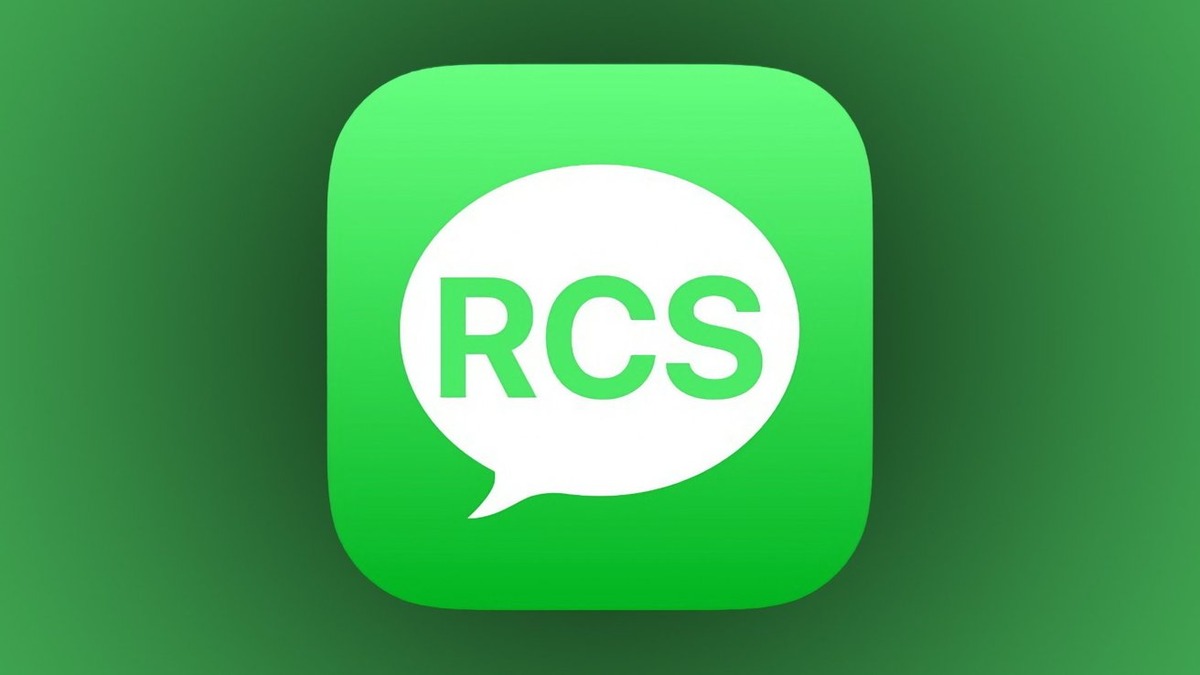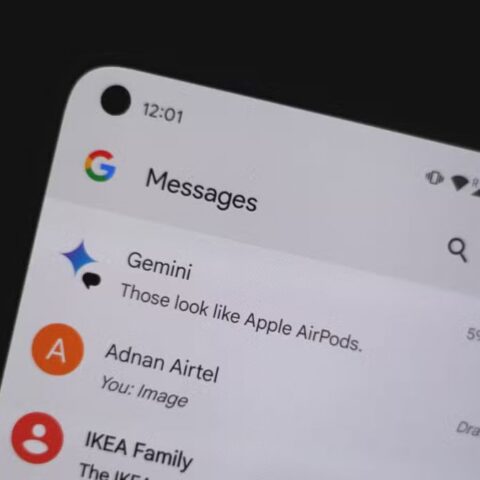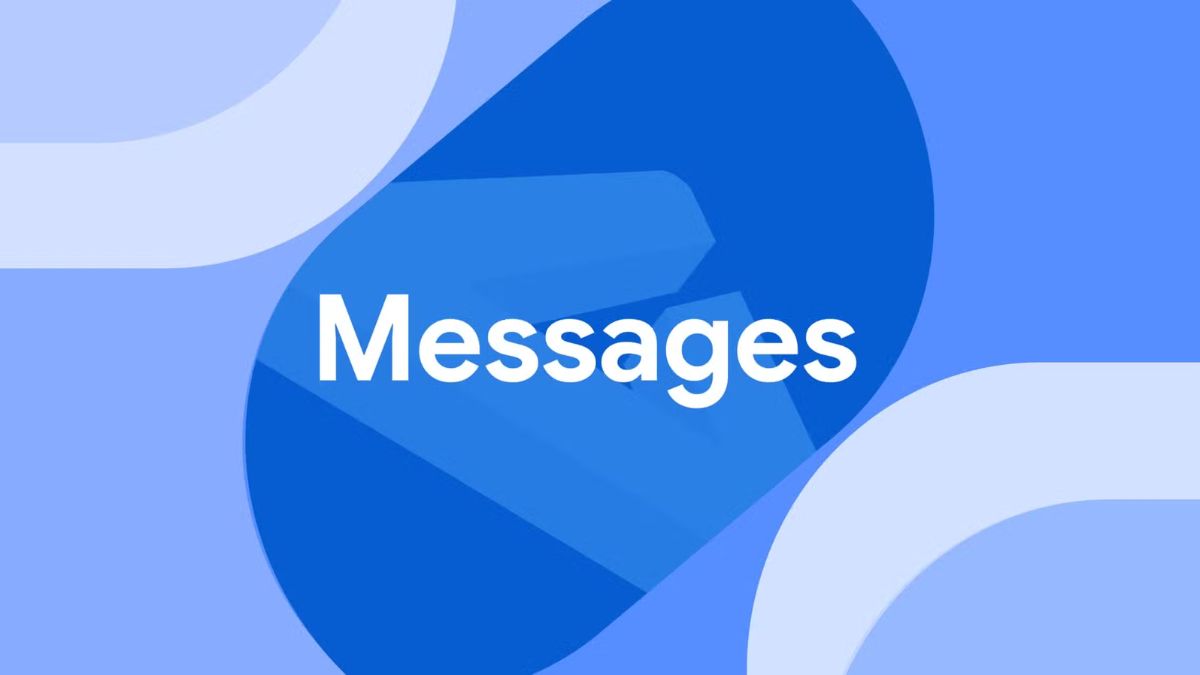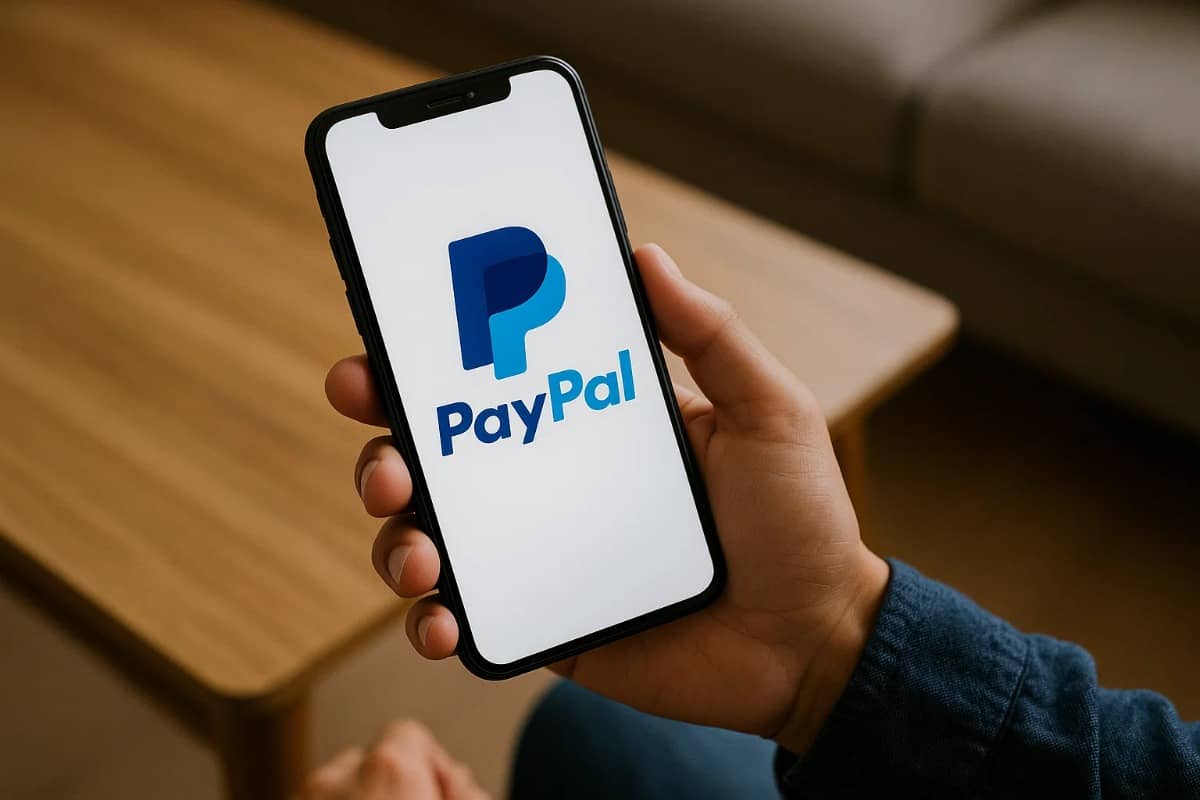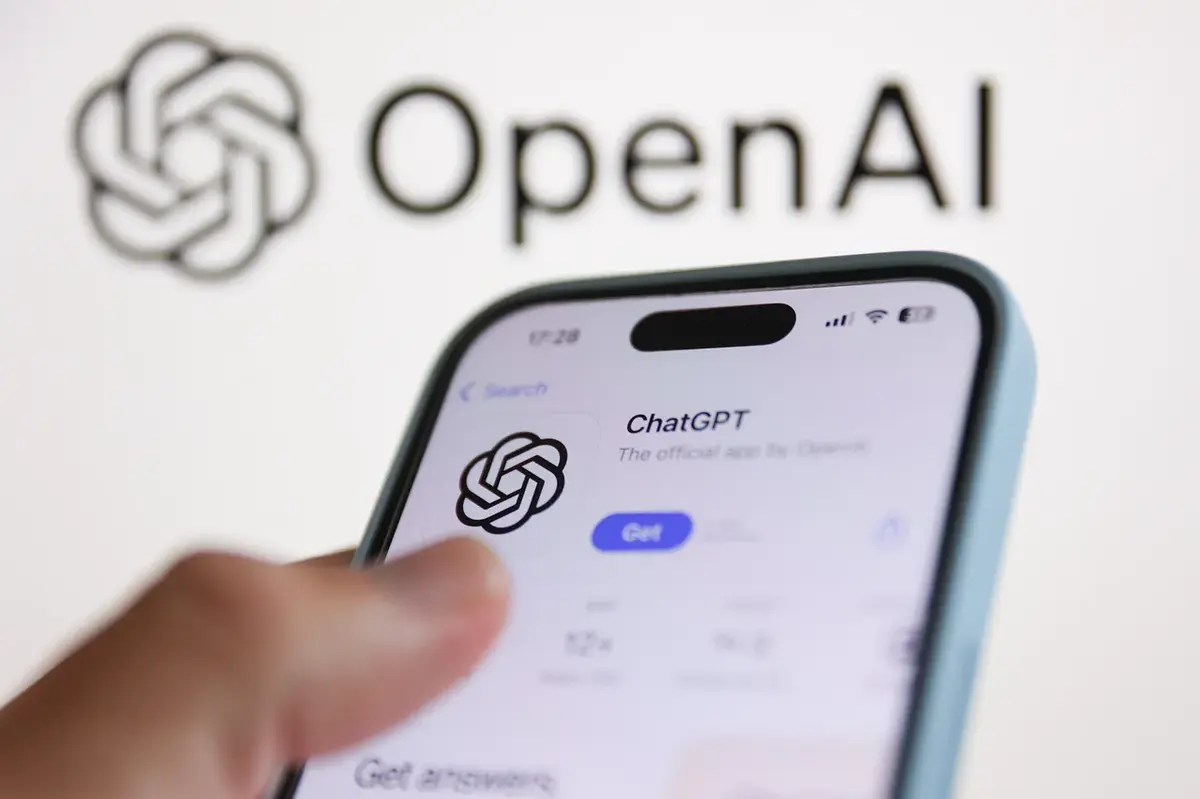RCS messaging, introduced as an upgrade to SMS, has opened the door to more spam and scams, especially with its lack of end-to-end encryption (E2EE).
Apple’s basic implementation of RCS at launch didn’t include E2EE, which led Samsung to warn users about potential security risks when sending RCS messages to iPhones.
This inconsistency in security and lower messaging costs have made RCS attractive to spammers.
Before RCS, SMS and MMS were used for scams, often involving fake bank messages or offers claiming a prize.
These scams aimed to steal personal information or trick victims into calling premium-rate numbers.
With RCS, scammers can now send richer, more convincing messages, often impersonating legitimate companies or banks.
The introduction of RCS messaging has allowed scammers to use email-like tactics, including links to fake websites or attachments containing malware. This has contributed to the rise of text-based scams, which surpassed spam calls in 2021.
Several factors have contributed to the increase in spam. Millennials, who prefer text messaging over calls, have become a prime target for scammers.
The COVID-19 pandemic also shifted scam operations from call centers to messaging platforms like RCS, taking advantage of the confusion surrounding government relief programs.
US policy changes, such as the rollback of consumer privacy protections, have made it easier for scammers to access personal data for targeted attacks.
To combat this, Google is working on adding cross-platform end-to-end encryption for RCS, and the GSMA is pushing for standardized security measures.
AI and machine learning advancements in spam filtering are also expected to help reduce the growing issue of RCS spam.
However, complete elimination of spam remains unlikely, and users will need to rely on better security and filtering tools.

